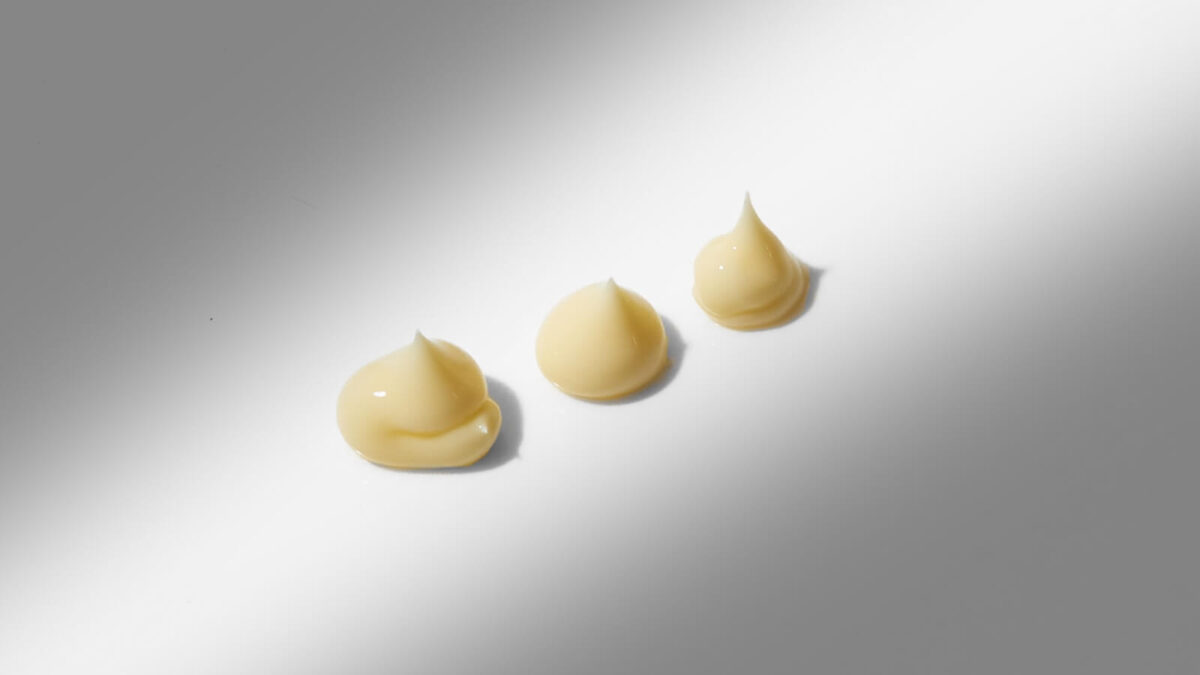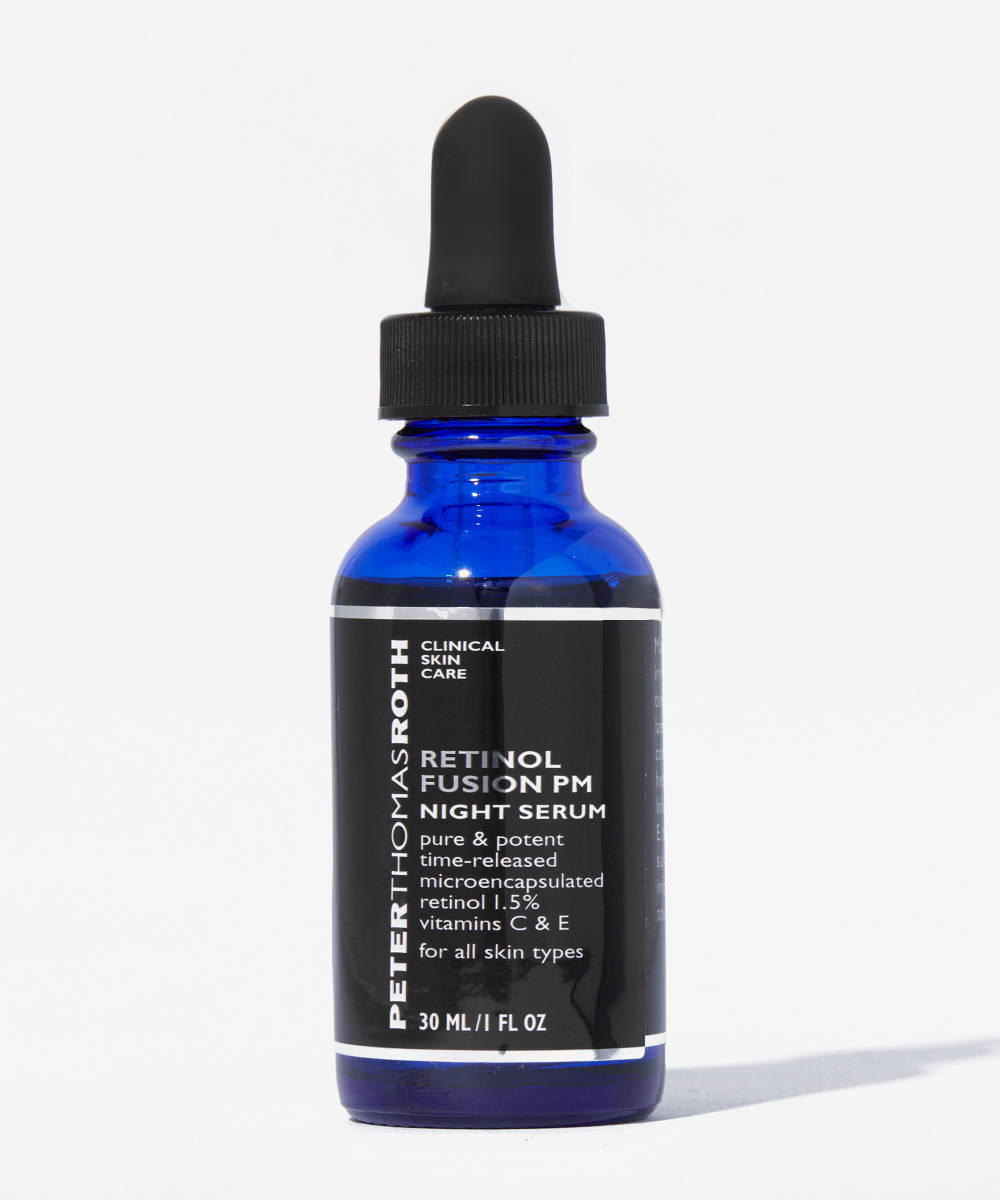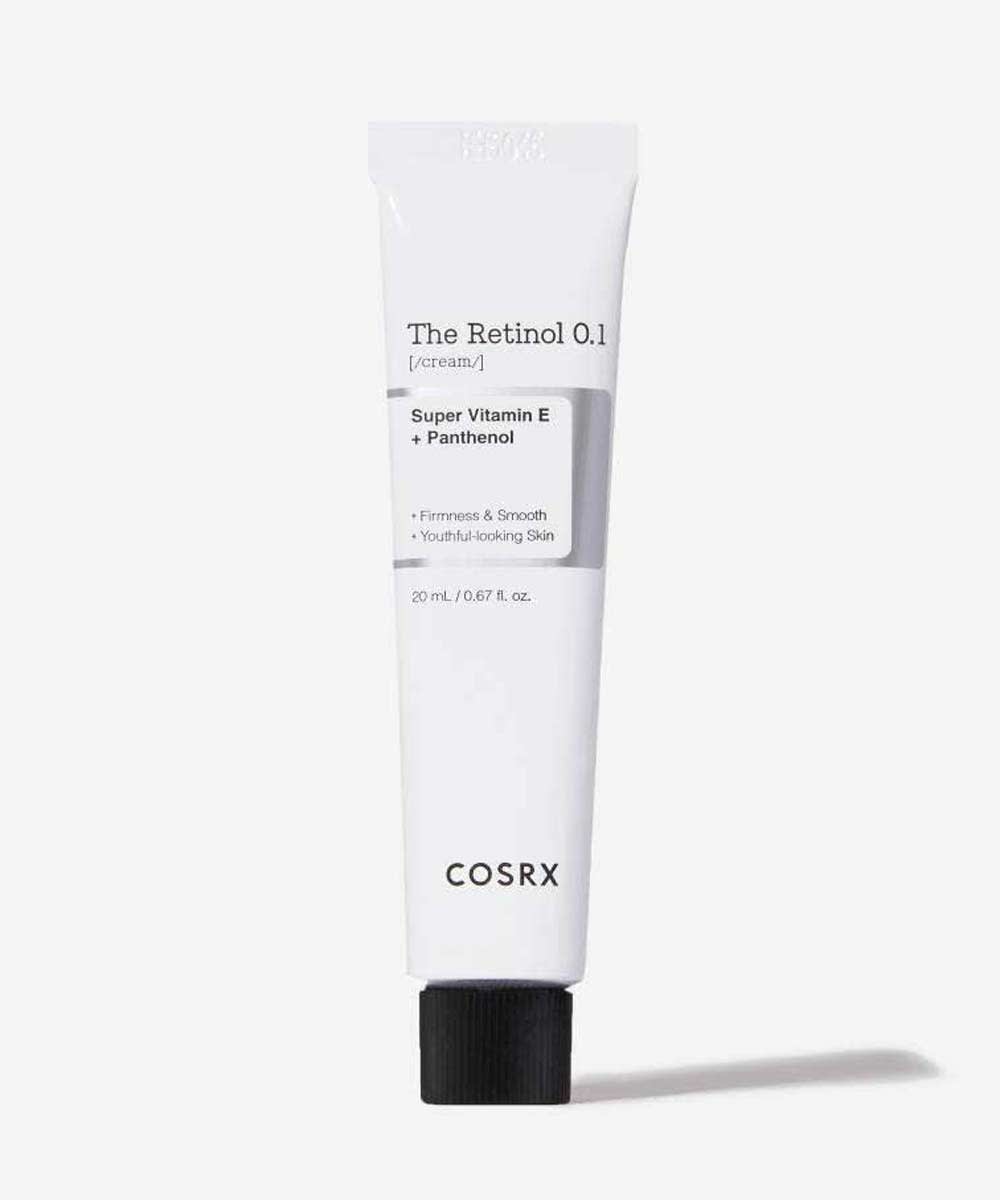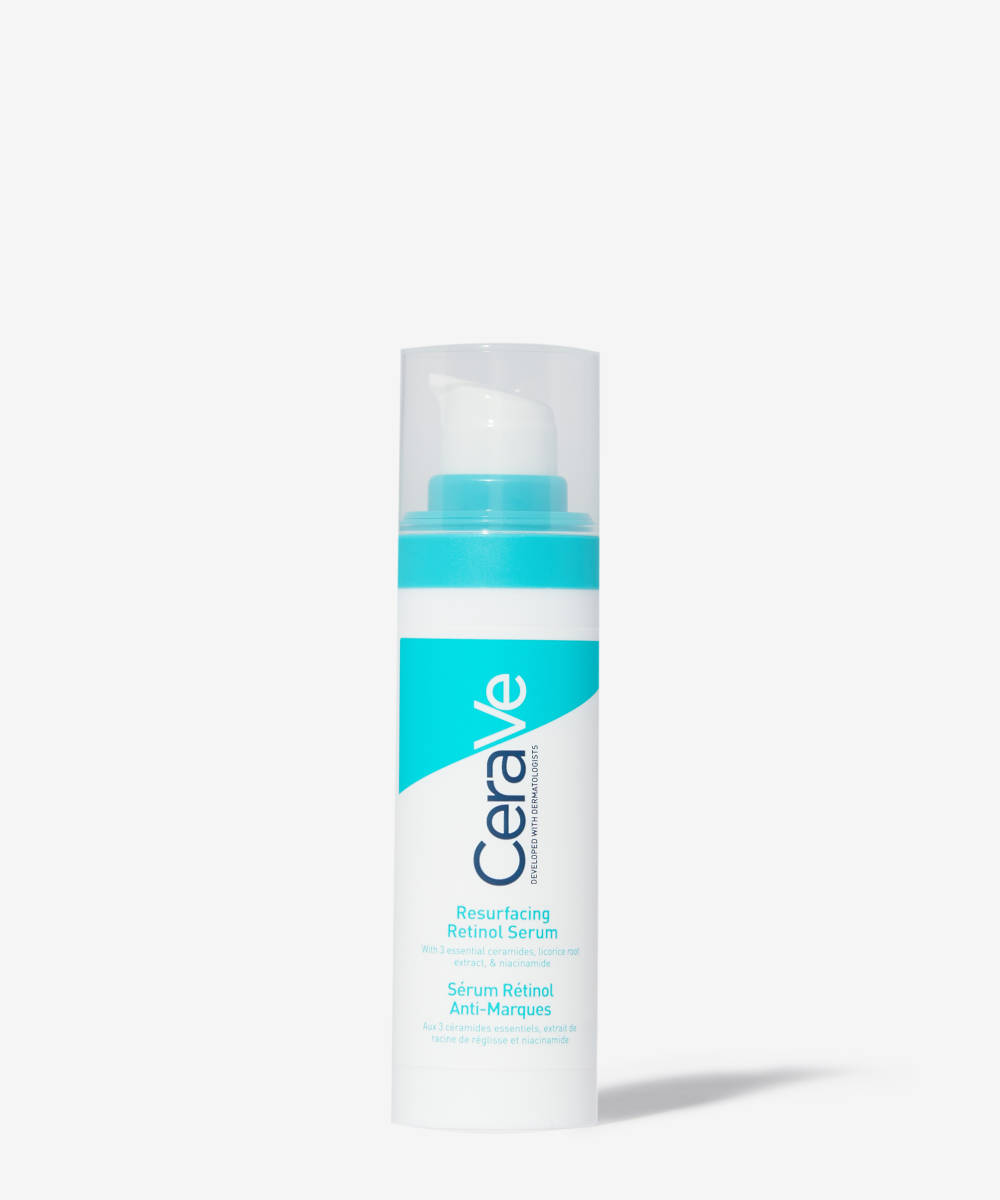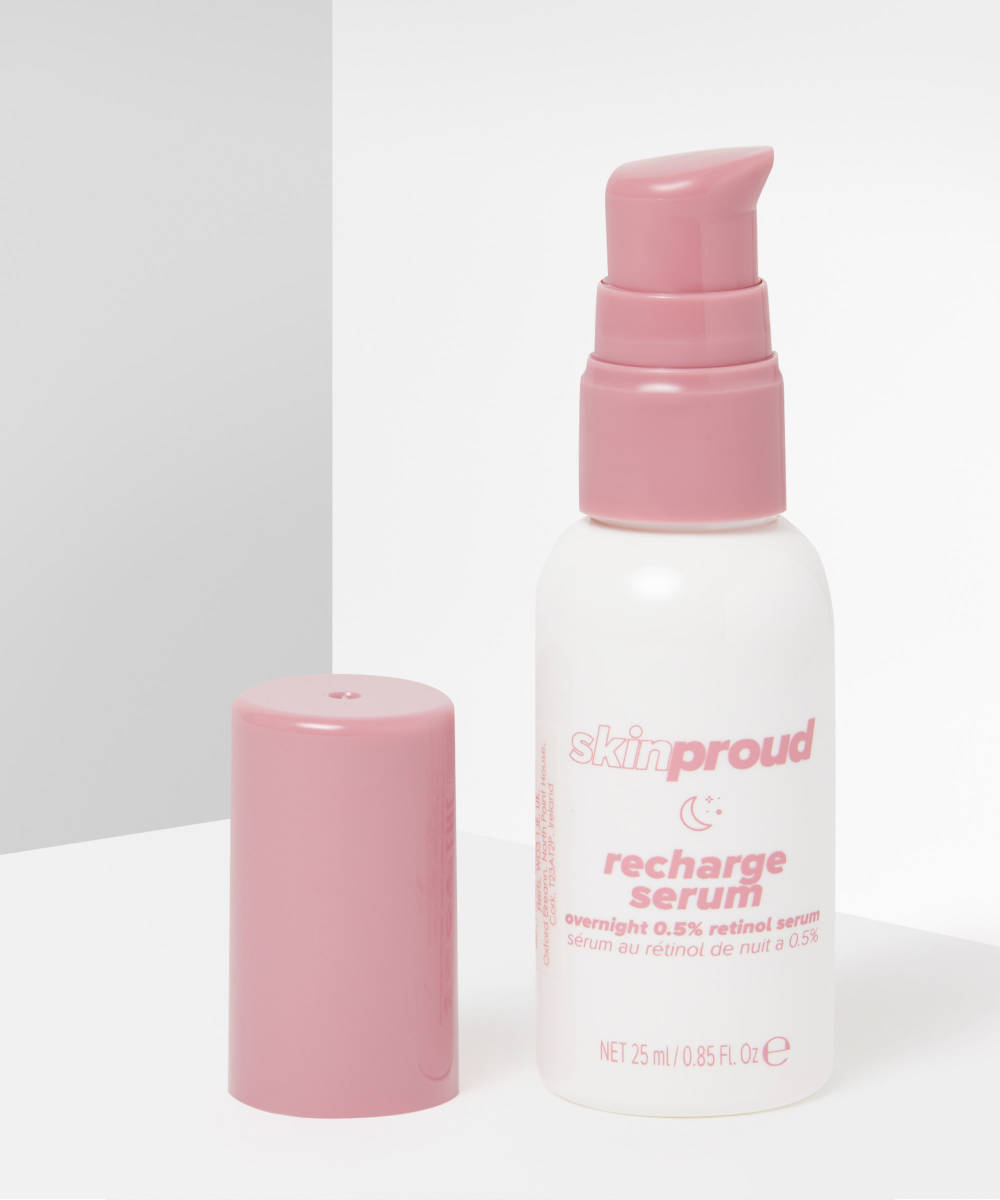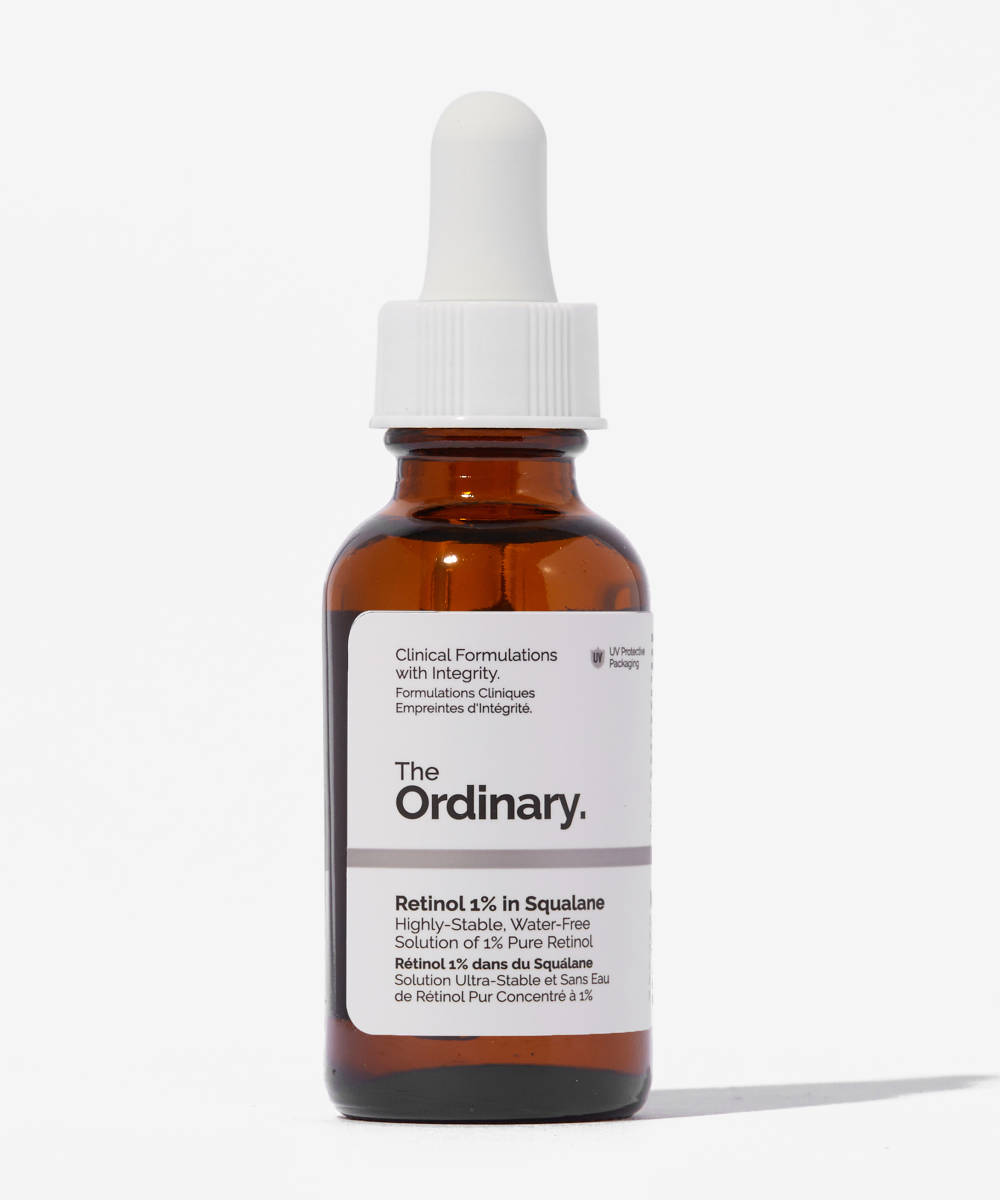Retinol might sound scary, but it’s one of the most effective and efficient skincare ingredients you can use if you want to really see results in your skin. It’s most commonly known as an “anti-ageing” ingredient, but as well as its benefits for concerns like loose skin, fine lines, wrinkles, and sun spots, retinol can also help with acne-related concerns such as breakouts, congestion, skin texture, and hyperpigmentation. It’s a little known fact that retinoids were first introduced as an acne treatment back in the 1970s – dermatologists quickly realised that the ingredient also had other benefits for different skin types and concerns, thanks to its ability to stimulate collagen production.
Retinol really isn’t as scary as people make it out to be. The key is in finding the right retinol product for you, and in preparing your skin effectively – that means cutting down on other active ingredients (like exfoliating acids) and making sure your skin barrier is strong and well hydrated.
Here’s everything you need to know about retinol.
What is retinol?
Retinol is a type of retinoid, which is a derivative of vitamin A. It’s also an antioxidant, which means it helps to counteract free radicals (the molecules that destroy healthy skin cells). It’s one of the most effective ingredients for signs of skin ageing because of its ability to produce collagen and regenerate cells, and for acne because it stimulates cell turnover, helping to decongest skin and fade pigmentation.
Retinol is a weaker type of retinoid, so it doesn’t need a prescription and is used in skincare products which are universally accessible and available to buy off the shelf. Unlike stronger retinoids, retinols can take a little longer to see results – this is because they have to undergo a few processes of transformation on the skin in order to convert to retinoic acid – which is when they impact skin. However, this also means they tend to be more gentle and better suited to sensitive skin, or as an intro to retinoids. Stronger retinoids like tretinoin or adapalene go through fewer processes, so are stronger and faster acting – but in the U.K. are only available in prescription as they can have more extreme side effects.
How does retinol work?
Retinol breaks down into retinoic acid on contact with the skin, where it increases cell turnover and boosts collagen production. As we age, collagen and cell renewal slow down, but retinol helps to trigger cell regeneration and encourages new collagen to form. As a result, loose skin is plumped up and wrinkles and lines are smoothed out, hyperpigmentation is lightened, and skin appears brighter and smoother.
Retinol is a very active ingredient so it can cause skin to react, espeically if your skin is already prone to sensitivity or dryness. You may experience a little skin shedding and redness at first but this is totally normal. Some people experience an increase in breakouts when they start using a retinol. This is known as ‘purging’ – it’s basically your skin’s response as pores become unclogged. Over time, the skin will build up a tolerance however, if peeling and redness persists or is painful, you should reduce the frequency or amount of retinol you’re using. Keep in mind that benefits will only occur with prolonged and consistent use (minimum 12 weeks), so persevere if you don’t see results straight away.
What does retinol do?
Retinol is most known as an anti-ageing ingredient, but its benefits go beyond just targeting fine lines and wrinkles. If you’re younger, it’s useful for prevention of signs of skin ageing, and it’s also beneficial if you suffer from acne, breakouts, or pigmentation.
Signs of ageing – As well as targeting wrinkles and lines, retinol can help to plump loose skin, smooth skin texture, and fade pigmentation such as sun spots.
Prevention – Once we reach our mid-twenties, skin starts to produce less collagen, so it’s a good time to start using retinol to maintain collagen products and defend against the early signs of skin ageing.
Acne and breakouts – Retinol encourages cell turnover in the lower layers of the skin and reduces the overproduction of sebum, so it stops breakouts from forming by preventing dead skin cells and excess oils from clogging pores.
Scarring and pigmentation – Retinol increases cell production in the base layer of the skin, which in turn helps to stimulate cell turnover in the upper layers. As each layer is renewed, scars and marks from sun damage or breakouts fade and soon disappear.
When should you use retinol?
If you’re new to using retinol or have sensitive skin, start by using it once a week and gradually increase use to build up your skin’s tolerance. Retinol should always be used in the evening as it increases skin’s sensitivity to light and also breaks down (and becomes less effective) when exposed to sunlight. For this reason, you should always apply SPF the morning after using retinol as well.
